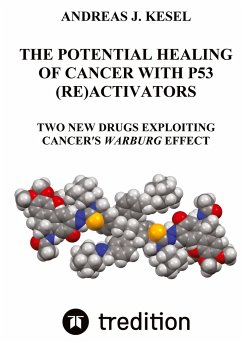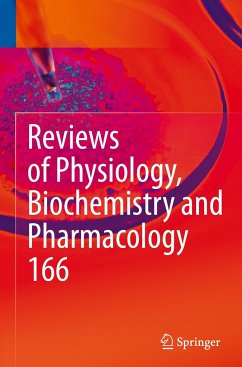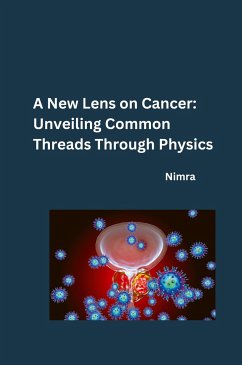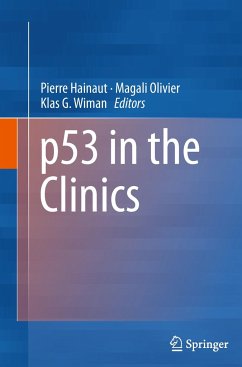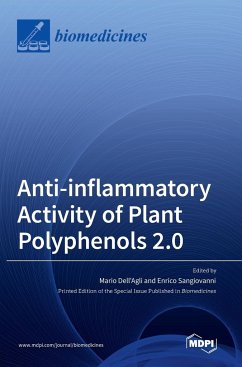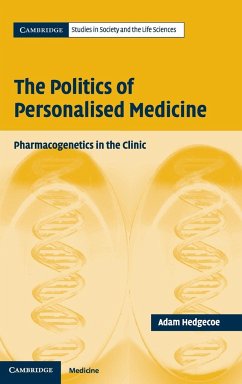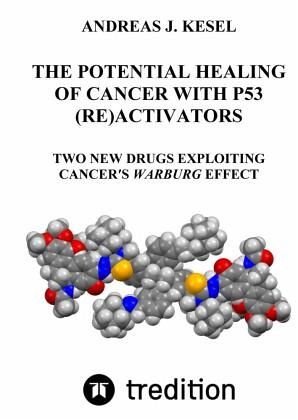
THE POTENTIAL HEALING OF CANCER WITH P53 (RE)ACTIVATORS
TWO NEW DRUGS EXPLOITING CANCER'S WARBURG EFFECT

PAYBACK Punkte
0 °P sammeln!
The purpose of this book is to propose a new strategy to heal human cancer completely with two entirely new drug compounds exploiting cancer's Warburg effect characterized by a defective mitochondrial aerobic respiration, substituted for by cytosolic aerobic fermentation/glycolysis of glucose into L-(+)-lactic acid. The two essentially new drugs P(op)T(est)162 and PT167 were discovered and developed by Andreas J. Kesel and internationally patented by PopTest Oncology LLC/Palisades Therapeutics. The in vitro antineoplastic highly efficacious drug PT167 represents a covalent combination of PT162...
The purpose of this book is to propose a new strategy to heal human cancer completely with two entirely new drug compounds exploiting cancer's Warburg effect characterized by a defective mitochondrial aerobic respiration, substituted for by cytosolic aerobic fermentation/glycolysis of glucose into L-(+)-lactic acid. The two essentially new drugs P(op)T(est)162 and PT167 were discovered and developed by Andreas J. Kesel and internationally patented by PopTest Oncology LLC/Palisades Therapeutics. The in vitro antineoplastic highly efficacious drug PT167 represents a covalent combination of PT162 and PT166. The intermediate drug PT166 is an entirely new colchic(in)oid derivative synthesized from colchicine. PT166's structure was determined by X-ray crystallography. PT162 and PT167 were active in vitro versus 60 cancer cell lines of the National Cancer Institute (NCI) Developmental Therapeutics Program (DTP) 60-cancer cell testing. PT162 and PT167 both not only stop the growth of cancer cells to ±0% (cancerostatic effect), but completely kill all 60 cancer cells to a level of -100% (tumoricidal effect). PT162 and PT167 induce mitochondrial apoptosis (under cytochrome c release) in all cancer cells tested by (re)activating (in most cancers impaired) p53 function which results in a decrease of cancer's dysregulated cyclin D1 and an induction of the cell cycle-halting cyclin-dependent kinase inhibitor p21Waf1/p21Cip1.It was found that compound 1 (PT162, NSC 796018), a new compound never synthesized before [according to Chemical Abstracts Service (CAS®) SciFinder® search], induced apoptosis in all cell lines of the National Cancer Institute (NCI) Developmental Therapeutics Program (DTP) 60-cancer cell 5-dose testing, excluding leukemia cell lines, in the micromolar range of growth inhibition 50% (GI50). The author decided to merge compound 1 (PT162, NSC 796018) with the colchic(in)oid compound 2 (PT166, NSC 750423) which showed submicromolar GI50 in the NCI DTP 60-cancer cell 5-dose testing, but did not induce cancer cell apoptosis. Compound 2 (PT166, NSC 750423) was synthesized from colchicine and thiosemicarbazide in an one-step procedure and represents a new compound never synthesized before [according to Chemical Abstracts Service (CAS®) SciFinder® search] just as compound 1 (PT162, NSC 796018). Compound 1 (PT162, NSC 796018) reacted with compound 2 (PT166, NSC 750423) under impact of sodium hydroxide (NaOH) to give compound 3. Compound 3 (PT167, NSC 799315), a new compound never synthesized before [according to Chemical Abstracts Service (CAS®) SciFinder® search], showed submicromolar GI50 in the NCI DTP 60-cancer cell 5-dose testing constantly in most cell lines including leukemia cells. Importantly, compound 3 (PT167, NSC 799315) was able to induce apoptosis in all investigated cancer cells, including leukemia cell lines, with a Mean of Inhibition Data (MID) for total growth inhibition (TGI, growth inhibition 100%) of 4.57 µM, and a MID for lethal concentration 50% (LC50) of 15.85 µM. The author reports here the chemistry and NCI DTP 60-cancer cell 5-dose testing data for compound 1 (PT162, NSC 796018), compound 2 (PT166, NSC 750423) and compound 3 (PT167, NSC 799315), and demonstrates the apoptotic release of cytochrome c into the cytosol and activation of effector caspases induced by compounds 1 and 3. The author proposes that compound 1 and compound 3 induce apoptosis according to the Warburg hypothesis of pre-damaged respiration as a hallmark of cancer by exploiting the defect in mitochondrial cardiolipin-cytochrome c association in cancer cells.



